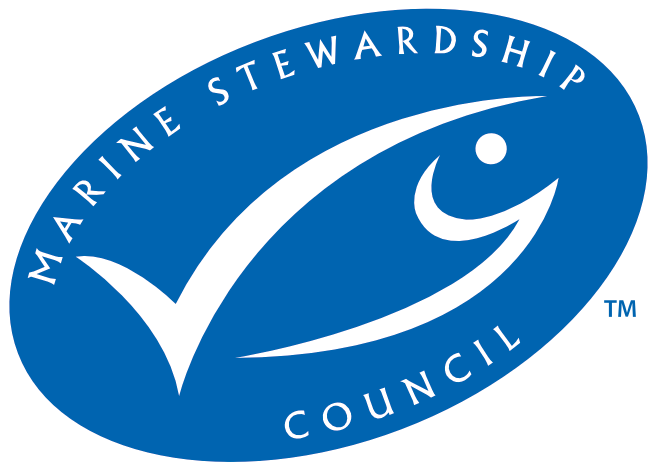
- Certifier :
- q.inspecta GmbH
- Certified status :
- Certified
- Certified since :
- 27 Aug 2015
- Certificate expires :
- 26 Aug 2026
Overview
Fisheries are composed of one or more parts, each of which is entitled to receive an MSC certificate. These parts or “units” are defined by their target stock(s), fishing gear type(s) and if relevant vessel type(s), and the fishing fleets or groups of vessels.
When the term “Unit of Certification” is used for fishing units that are in assessment, it refers to the “Unit of Assessment” or “Unit of potential certification”. Expand a status below to view the parts that form this fishery. To check the detailed scope, download the latest certificate or open the Assessments page to get the latest report. Find out more by visiting our page on Fisheries
Catch by Species
| Species | Reported Catch Year | Metric Tonnes |
|---|---|---|
| Albacore tuna (Thunnus alalunga) | 2024 | 546 |
| Bigeye tuna (Thunnus obesus) | 2024 | 275 |
| Yellowfin tuna (Thunnus albacares) | 2024 | 2,834 |
| Swordfish (Xiphias gladius) | 2024 | 669 |
Information is provided by an independent Conformity Assessment Body as live weight (the weight of species at the time of catch, before processing) and where a fishing season covers multiple years, the end year is given as the reported catch year. Additional information is available in the latest report, see the assessments page.
Eligibility, client groups and vessel lists
A fishery may choose to define the members of the fishery certificate. These members can be vessels or other client group members (e.g. companies that own vessels and/or companies that are named as eligible to handle certified product covered within the fishery certificate scope). Please refer to the fishery certificate statement on additional product specific eligibility criteria (e.g. product eligibility limitations, eligibility date, exclusive points of landing and the point where Chain of Custody certificate is required). Please consult the fishery Public Certification Report for product eligibility rationale.
| Documents | Published on | Files |
|---|---|---|
| Vessel List | 01 Sep 2025 | 1 files |
About this Fishery
The Australia Eastern Tuna and Billfish Fishery (ETBF) operates on the Eastern seaboard of Australia, from Cape York, Qld to the Victoria / South Australia border using the pelagic longline method. Key target species in this fishery include Yellowfin Tuna, Bigeye Tuna, Albacore Tuna and Broadbill Swordfish.
The fishery is managed using a quota system based on a very conservatively set Total Allowable Commercial catch (TACC). This TACC is informed by a number of management processes, consultative forums, scientific stock assessments and research projects. As these stocks are highly migratory through the Western and Central Pacific, the fishery is also subject to relevant WCPFC catch allocations and Conservation Management Measures. The Australian Fisheries Management Authority (AFMA) Commission makes a final determination on the TACC for these target species.
The ETBF fishery has a long history of sustainable fishing practices. All boats are subject to risk mitigation strategies and use physical mitigation devices to minimize and avoid interactions with bycatch and ETP species. The fishery is also subject to ecological risk assessments and impacts on the environment are regularly monitored.
Tuna Australia represents the majority of tuna longline boats and fishing companies in the ETBF. Tuna Australia conducts research projects and initiatives to improve fishing practices and minimise impacts on the environment, advocates industry priorities to government and develops strategies to increase industry profitability and sustainability of the resource.
Market Information
The 2019 Total Allowable Catch is 2500T for Albacore Tuna, 1056T for Bigeye Tuna, 1250T for Broadbill Swordfish and 2400T for Yellowfin Tuna. The target species are generally exported to the United States and Japan, with smaller quantities sold in Australian domestic markets.
